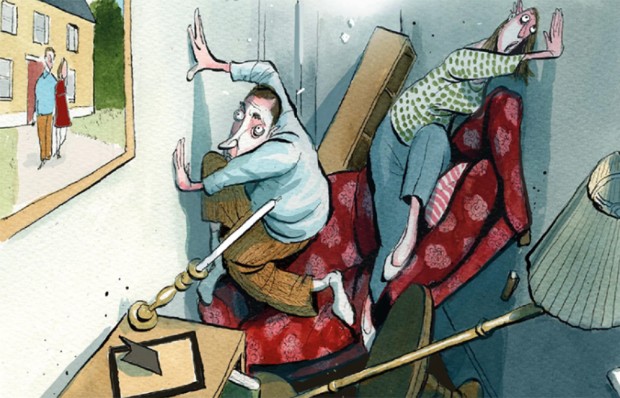Centuries of conflict
2014 marks the 100th anniversary of the war which was supposed to end all wars. Has the toll of war since 1918 been lesser or greater than in the century before 1914?
1815-1914 saw the tail end of the Napoleonic Wars (5m deaths), the Zulu Wars (2m) and the US Civil War (750,000). In China, the Taiping Revolution of the 1860s cost an estimated 60m lives and the Dungan Revolution of the 1860s and 1870s 10m. These, along with the Mexican Revolution (1m) and the Paraguayan War (1m) total about 80m.
1918–2013 Mid-estimate for second world war death toll: 55m. A further 7m died in the Russian Revolution. After that the deadliest was the relatively little-known Congo War between 1998 and 2003 which cost 3.5m lives. The Afghan wars, the Nigerian civil war, the Korean war and the Vietnam war all killed around 2m each. These and other significant wars bring the toll to about 79m.
Who suffered most
About 15 million people were killed in the first world war. Which countries lost most in proportion to their populations?
| Serbia | 16.1% |
| Ottoman Empire | 13.7% |
| Romania | 9.3% |
| France | 4.3% |
| Germany | 3.8% |
| Greece | 3.7% |
| Italy | 3.5% |
| Bulgaria | 3.4% |
| Austria-Hungary | 3.1% |
| UK | 2.2% |
| Belgium | 1.6% |
The home front
A War Office report in 1922 put the number of dead or missing military personnel at 702,410. What about civilians?
183,577 killed by Spanish flu
109,000 from hunger and malnutrition
1,260 killed by shelling and bombing raids
971 drowned at sea as a result of enemy action, including 63 fishermen
Happy few
In the 1930s historian Arthur Mee set off around Britain to compile material for a series of books called The King’s England. Noticing the lack of a war memorial in one village, he made enquiries and learned that, while the village had sent men to the first world war, all had safely returned. Mee identified 32 such ‘Thankful Villages’. Another 20 since have been found. Of these, 14 suffered no losses in the second world war. One is the Gloucestershire village of Upper Slaughter.
Got something to add? Join the discussion and comment below.
Get 10 issues for just $10
Subscribe to The Spectator Australia today for the next 10 magazine issues, plus full online access, for just $10.
You might disagree with half of it, but you’ll enjoy reading all of it. Try your first month for free, then just $2 a week for the remainder of your first year.













Comments
Don't miss out
Join the conversation with other Spectator Australia readers. Subscribe to leave a comment.
SUBSCRIBEAlready a subscriber? Log in